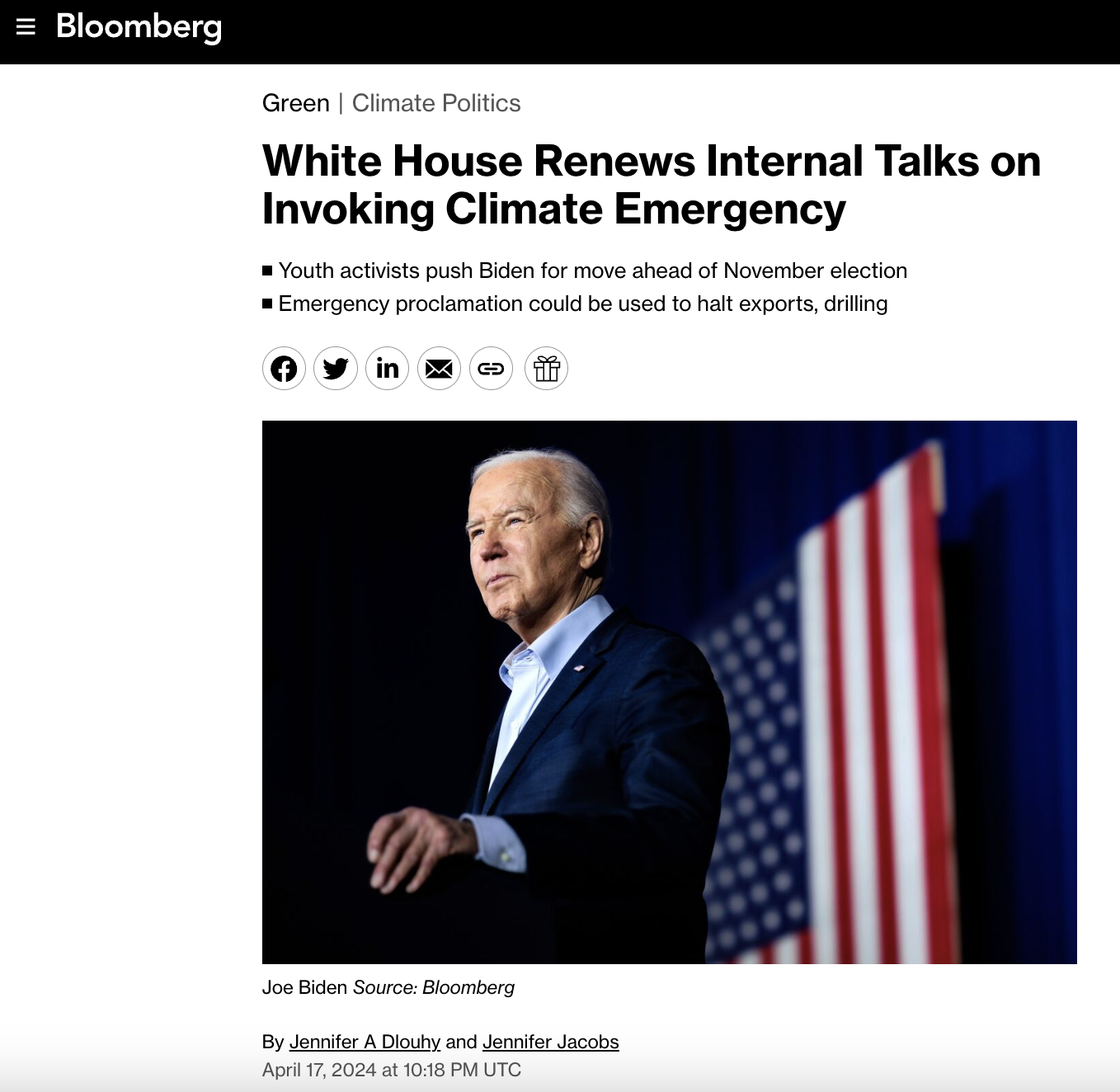https://m.washingtontimes.com/news/2019/feb/3/scientists-no-evidence-climate-change-causing-cold/
Sunday, February 3, 2019
Numerous media outlets cited last week’s polar vortex as an example of extreme weather caused by climate change, but it turns out such cold snaps are actually on the decline.
Roy Spencer, principal research scientist at the University of Alabama in Huntsville, posted a graphic of November-March cold waves in the East and Midwest dating back to 1895 that flies in the face of the “global warming causes extreme cold” argument.
The theory has it that the decline of Arctic sea ice, which has dropped by about 15 percent over the last 40 years, has disrupted the polar vortex, causing it to move southward, but the data assembled by Mr. Spencer and UAH professor of atmospheric science John Christy showed otherwise.
“As can be seen in the plot below, there is no evidence in the data supporting the claim that decreasing Arctic sea ice in recent decades is causing more frequent displacement of cold winter air masses into the eastern U.S., at least through the winter of 2017-18,” Mr. Spencer said Thursday on his Global Warming blog.
Not only that, but “[t]he trend is markedly downward in the most recent 40 years (since 1979) which is the earliest we have reliable measurements of Arctic sea ice from satellite microwave radiometers (my specialty),” Mr. Spencer said.
The analysis focused on cold waves in 27 Midwestern and Eastern states lasting more than two days and featuring temperatures below the 5th percentile of daily January maximums.
If the Polar Vortex is due to Global Warming, Why are U.S. Cold Waves Decreasing? – https://t.co/Ag7PuqVqnz
— Marc Morano (@ClimateDepot) February 1, 2019
News outlets were filled with stories timed to last week’s deep freeze in the Midwest and Northeast about how global warming may paradoxically result in unusual cold.
“This is the Age of Weather Extremes,” declared a New York Times headline, while the Washington Post reported, “Extreme weather, like the polar vortex, is becoming more common as the Arctic continues to be disrupted by climate change.”
“Scientists generally agree that the polar vortex is shape-shifting and wandering more often in recent years, and many scientists say there may be a connection between global warming and the vortex,” said a USA Today video. “The theory is that when higher temperatures invade the Arctic, the vortex is corrupted, and loses its structural integrity, meaning it goes on a chilly road show to the South.”
Billionaire Michael Bloomberg, a potential 2020 presidential contender, tweeted last week, “The science is clear: Climate change makes extreme weather more frequent and more intense.”
Michael E. Mann, Penn State professor and leader of the so-called warmist school of climate change — Mr. Spencer and Mr. Christy are well-known skeptics—said that two cold records were set last week in Illinois towns, while 35 heat records were set in January, almost all in Australia.
“So we’re seeing a trend toward more record heat, not record cold,” said Mr. Mann in a Saturday op-ed in the [U.K.] Guardian. “And even if we were seeing an increase in cold winter outbreaks in certain parts of the US and Europe, it wouldn’t necessarily contradict the case for climate change—it might even be symptomatic of it, associated with the breakdown in the polar vortex.”
Other scientists have pushed back on the narrative, arguing that southward dips in the polar vortex are nothing new and date back well before the increase in atmospheric carbon emissions.
“These southward movements of part of the vortex have always occurred,” said University of Colorado Boulder atmospheric scientist Roger A. Pielke Sr. “With respect to climate, a strong polar vortex occurs when it is particularly cold at higher latitudes. The colder the troposphere at the higher latitudes, the stronger is the polar jet stream. So if anything, these extreme Arctic outbreaks suggest global warming has little effect on them.”
Mr. Spencer chalked up the hype to those seeking to find an explanation for cold-weather events despite gradually increasing temperatures.
“When these cold air outbreaks continued to menace the United States even as global warming has caused global average temperatures to creep upward, an explanation had to be found,” he said in his post. “After all, snow was supposed to be a thing of the past now.”
He concluded that the “connection between Eastern U.S. cold waves and Arctic sea ice is speculative, at best. Just like most theories of climate change.”
Mr. Christy, Mr. Mann, Mr. Pielke and Mr. Spencer all hold Ph.D.s in the physical sciences.


